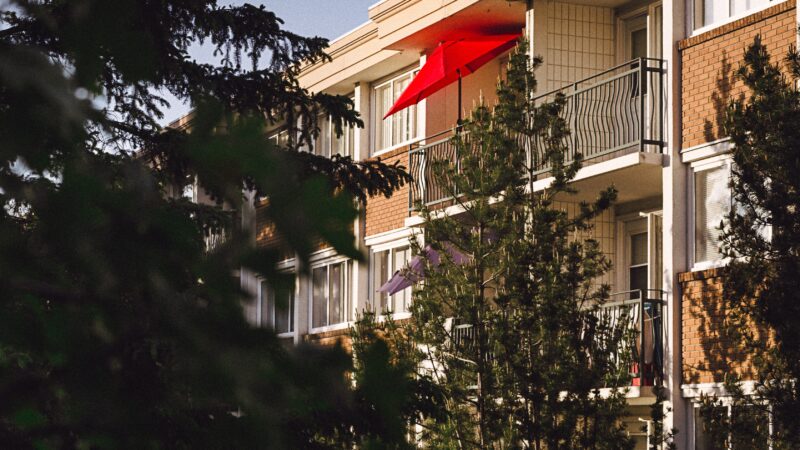In the realm of property management, creating an aesthetically pleasing and well-maintained outdoor space is crucial for enhancing property value and tenant satisfaction. A strategic approach to landscaping and lawn care can make a significant difference. In this comprehensive guide, we will explore the key elements of strategic landscape planning tailored specifically for property managers, homeowner associations, and commercial real estate.

- Understanding the Property’s Unique Needs:
- Assessing the property: Conduct a thorough analysis of the property, considering its size, layout, climate, and existing greenery.
- Identifying high-traffic areas: Determine where tenants and visitors frequent the most to prioritize landscaping efforts.
- Budgeting and Resource Allocation:
- Establishing a landscaping budget: Allocate funds for regular maintenance, seasonal enhancements, and unforeseen expenses.
- Efficient resource utilization: Optimize the use of water, energy, and other resources to promote sustainability and cost-effectiveness.
- Seasonal Planning and Plant Selection:
- Seasonal maintenance calendar: Develop a year-round plan that includes tasks such as spring cleanup, summer irrigation, fall leaf removal, and winter preparation.
- Plant selection considerations: Choose plants that thrive in the local climate, require minimal maintenance, and contribute to the overall aesthetics.
- Irrigation and Water Conservation:
- Smart irrigation systems: Invest in modern irrigation technology that adjusts watering schedules based on weather conditions and plant needs.
- Water-efficient landscaping: Implement xeriscaping principles to reduce water consumption and promote sustainability.
- Integrated Pest Management (IPM):
- Proactive pest control: Develop a comprehensive pest management strategy that focuses on prevention rather than reactive measures.
- Environmentally friendly solutions: Embrace organic and eco-friendly pest control methods to minimize the environmental impact.
- Engaging with Stakeholders:
- Effective communication: Keep tenants, homeowners, and commercial tenants informed about landscaping schedules, improvements, and any potential disruptions.
- Soliciting feedback: Encourage open communication to address concerns and preferences, fostering a collaborative approach to landscape planning.
- Safety and Accessibility:
- Ensuring ADA compliance: Regularly assess the property to guarantee accessibility for all residents and visitors.
- Safety measures: Implement measures such as proper lighting, secure pathways, and hazard-free zones to enhance overall safety.
- Sustainability Initiatives:
- Green infrastructure: Explore opportunities for incorporating green roofs, rain gardens, and other sustainable landscaping elements.
- Renewable energy integration: Consider integrating solar-powered lighting and other eco-friendly technologies into the landscape design.
Strategic landscape planning goes beyond mere aesthetics; it contributes to property value, tenant satisfaction, and overall community well-being. By adopting a comprehensive approach tailored to the unique needs of property managers, homeowner associations, and commercial real estate, you can create a sustainable and visually appealing outdoor environment that stands the test of time.



